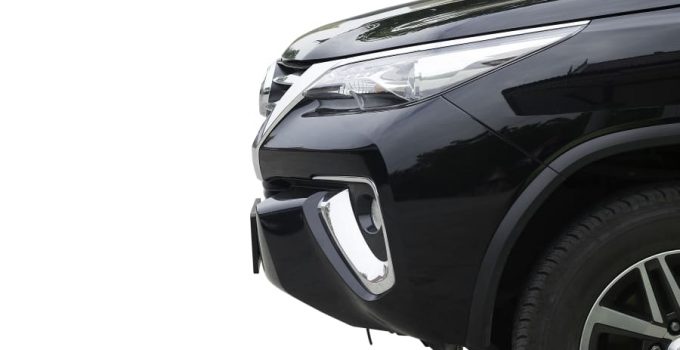
S-matic is a feature used on Honda Automatic transmissions installed in cars can be shifted manually. S-matic was first introduced in 1999 with the release of the second generation Honda Odyssey. Thanks to S-Matic, the driver has the option to manually actuate the transmission when needed to improve the vehicle's performance and handling, and to safely launch the vehicle from slippery surfaces.
Contents
How S-matic works
The S-matic transmission was developed by Honda Motor Co., Ltd. developed. Rather than a planetary gearbox, as is common in many hydraulic automatic transmissions, it has a two-axis geared gearbox, with each axis being engaged by a separate hydraulic clutch unit. To activate manual mode, the driver places the shift lever in the appropriate notch and then switches to the “+” or “-” display to shift up or down a gear.
The technical data of the S-matic
| Index | Number of Gears | Applicable Models | |
| H5 | BYBA; MRMA; BWEA; B7WA; BAYA; BCLA; BGHA; M7WA; BGFA; MAYA | 5 | Honda Advanced; Honda Odyssey |
Frequent defects in S-matic transmissions
- The spin-on fine filter clogs prematurely.
- The one-way clutch breaks when the transmission is used under heavy loads.
- The rear clutch drum breaks.
- The rear bearings often fail.
- Damage to the housing of the flow control valve causes the pressure in the system to drop and this results in defects in the transmission.
